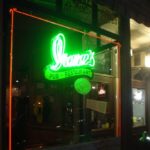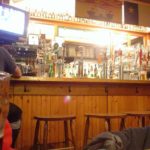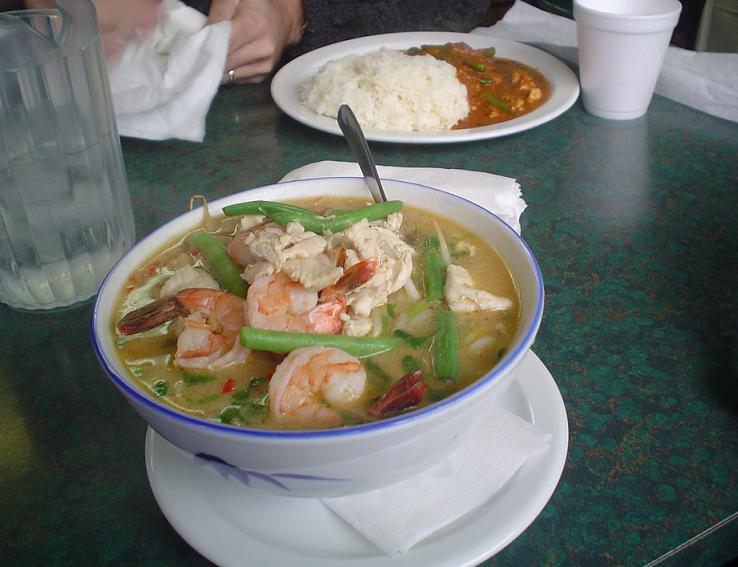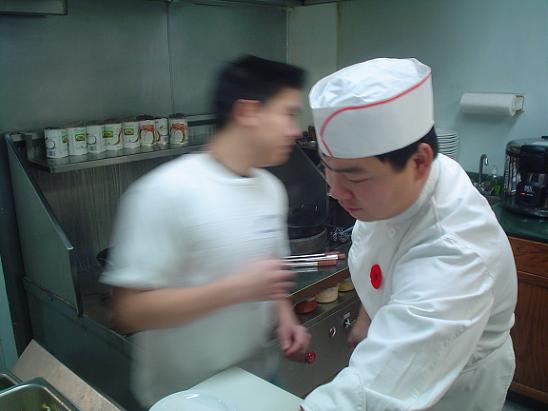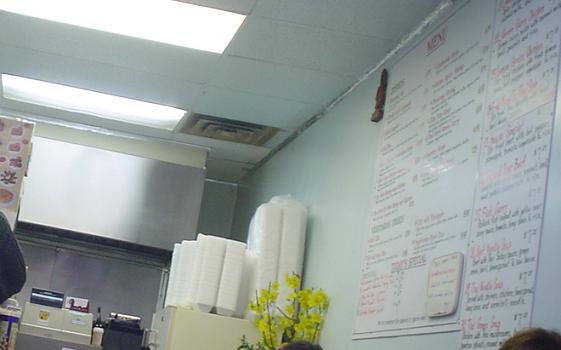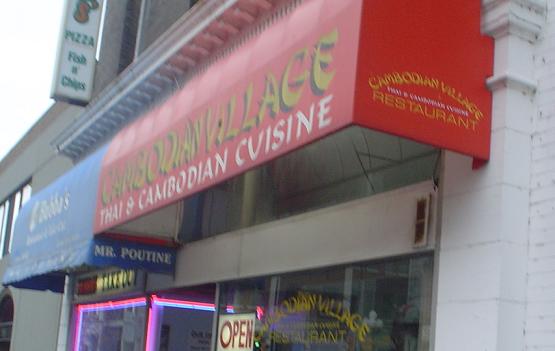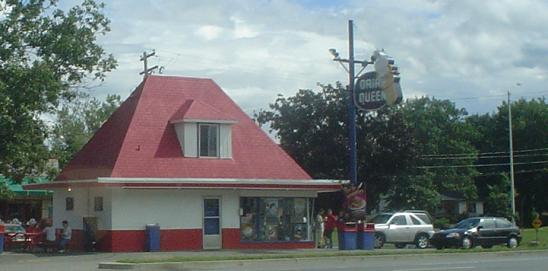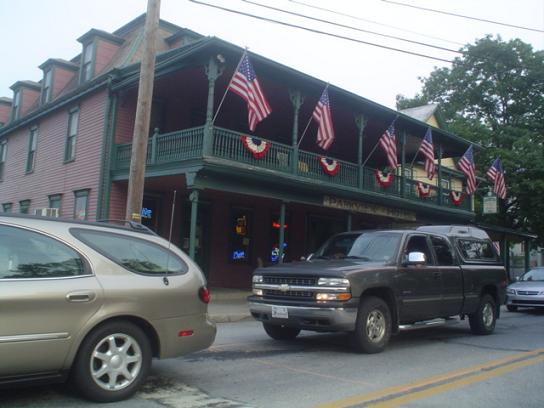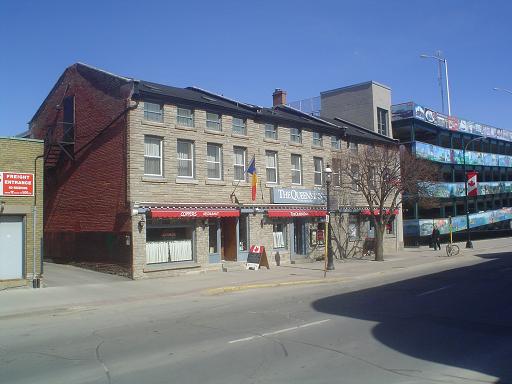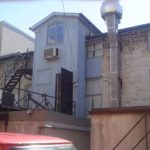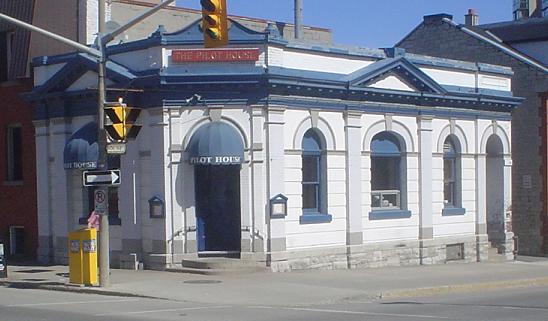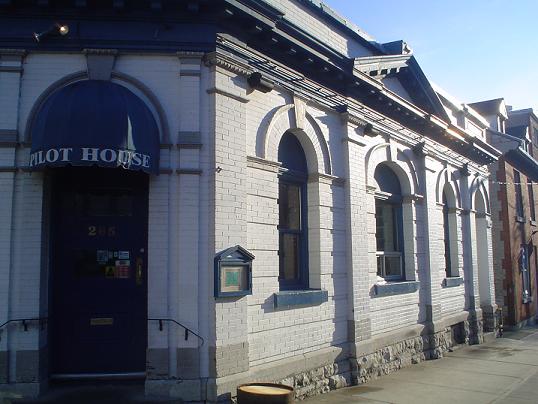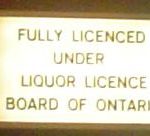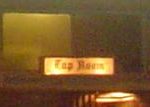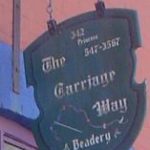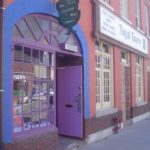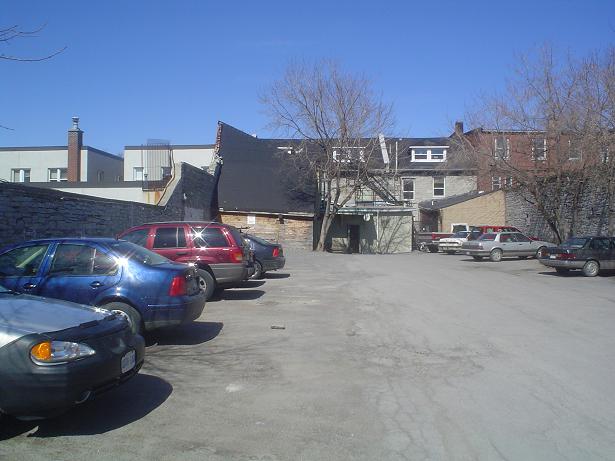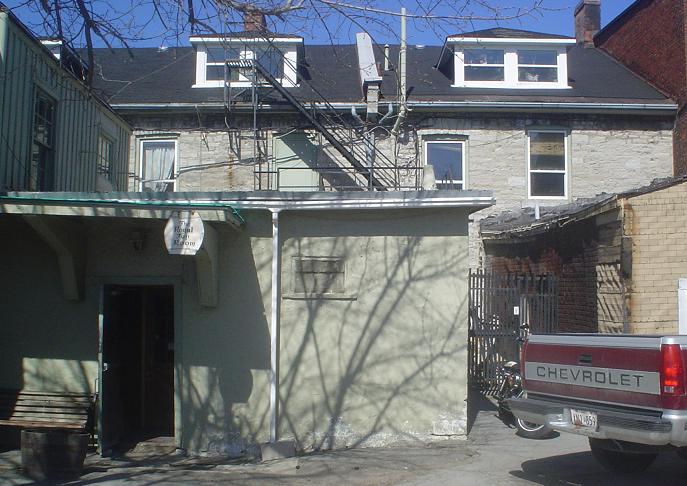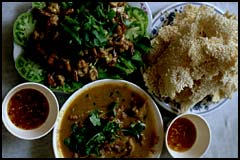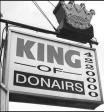[This post was authored by Bruno Bord.]
Cold November late afternoon. I’m entering an ordinary bar in Bayonne, in front of the market. There are half a dozen of customers, drinking coffee, tea, milk with chocolate. The bartender says a loud “hello” as I sit at the bar. I often sit on bar chair, lean on the counter.
Bartender: What will you?…
Me: Well… What kind of beer on draught do you have?
Bartender: Well…Kronenbourg.
Bartender: Two euros.
France had changed its currency in the beginning of the century, as millions of people in Europe. Now, everyone counts in Euros, which are about a USD worth. Prices on everyday products are rising at a dangerous rate, not only because of the economic crisis. The government raises heavy taxes on alcohol (and tobacco) to struggle against alcohol and tobacco-addiction.Kronenbourg. The ordinary beer. Low price. Low quality. Better draught than from a bottle, though. As I am sipping my glass, I’m looking in front of me. There are shelves, with bottles on them. A lot of them are not beer, in fact. Strong alcohols, mainly. Four bottles of beer on the shelf. Adelscott (a smoked malt beer, with a sweet sugar-like taste), Leffe Blonde (a Belgian you may have already read about), Blanche de Bruges (a Belgian wheat beer), and Pelforth Brune (a French brown beer, very good in fact). Well… That’s not large as a choice as the newly born beer writer might want.
A man enters the bar. He says something I don’t get to the bartender. It’s obviously Basque (or Euskara), one of the oldest languages in the world, and maybe the oldest tongue in Europe. This language comes from “nowhere”. Well… not really from nowhere, but actually no one knows exactly where and when it comes from. The Basque culture is really alive and strong in the Basque Country population, and its unique language is one of the most important part of it. I often see the colorful sticker “Euskara badakigu” on the door of some shops, or bars, it means “Here, we speak Basque”.
I assume that the bartender and the customer are talking about the latest rugby results. Rugby is the most important sport in the south-west France, way more than football (yeah, it’s not soccer here – it’s football). And Bayonne has a long rivalry with Biarritz. The two cities are five miles away and the two rubgy teams are deadly enemies. It’s the fight against the rich-and-smart city (Biarritz), with a bunch of highly-paid stars playing in the team, against the popular and young student populated one (Bayonne). The discussion between the bartender and the customer is now part French, part Euskara.
My glass is empty now. I’ve got to leave. The sun is low on the horizon. Usually, November is a rainy month on the coast. By the way… every month is rainy, here. There are many bars in Bayonne, maybe too many. All kinds of bars. From the Irish-ish pub to the Cuban bar, from the upper-class café to the drunken factoryman’s hangout. But I really need to find a good bar specializing in good beers.


